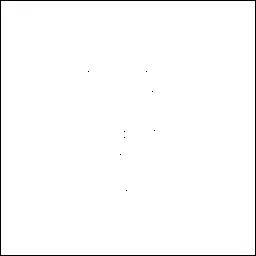When I first heard about the photons and the double-slit experiment my immediate thought was the following: Alright, energy is not absorbed continuously but in discrete units, photons, but nature somehow needs to keep the desired irradiation levels so it needs to dither, like a printer needs to when it wants to paint gray with black ink. So I began to think what if photons are only an absorption phenomenon of the atoms? And nothing else. So in this way, electromagnetic wave simply becomes a region of elevated energy levels, when this energy reaches an atom there is some chance it got excited, the chance is small, but the stronger the radiation, the bigger the expected mean number of detections at an area.
Now imagine an experiment where you have a single photon source. You push a button and it will emit 1 photon worth of energy. In the model I outlined previously there is a chance it won't be detected at all, there is a chance it's detected once, twice and so on. The distribution is Poission distribution. With a mean value of 1.
We push a button and get a count. But the result can be interpreted two ways:
- Indeed 1 photon worth of energy emitted per button push, but sometimes more atoms or none of the atoms responded to it. The average number of photons detections was indeed 1.
- What QM would say: the source was faulty it emitted 0, 1, 2, etc. photons per button push not just 1. But the average number of photons was still 1.
Since all we have is the detection count we cannot really decide what's the truth.
I guess QM is right, but I still wonder is it possible to construct an experiment whose result can only explained by the fact that when 1 photon worth of energy emitted, then there can be only 1 detection and never more than 1?


